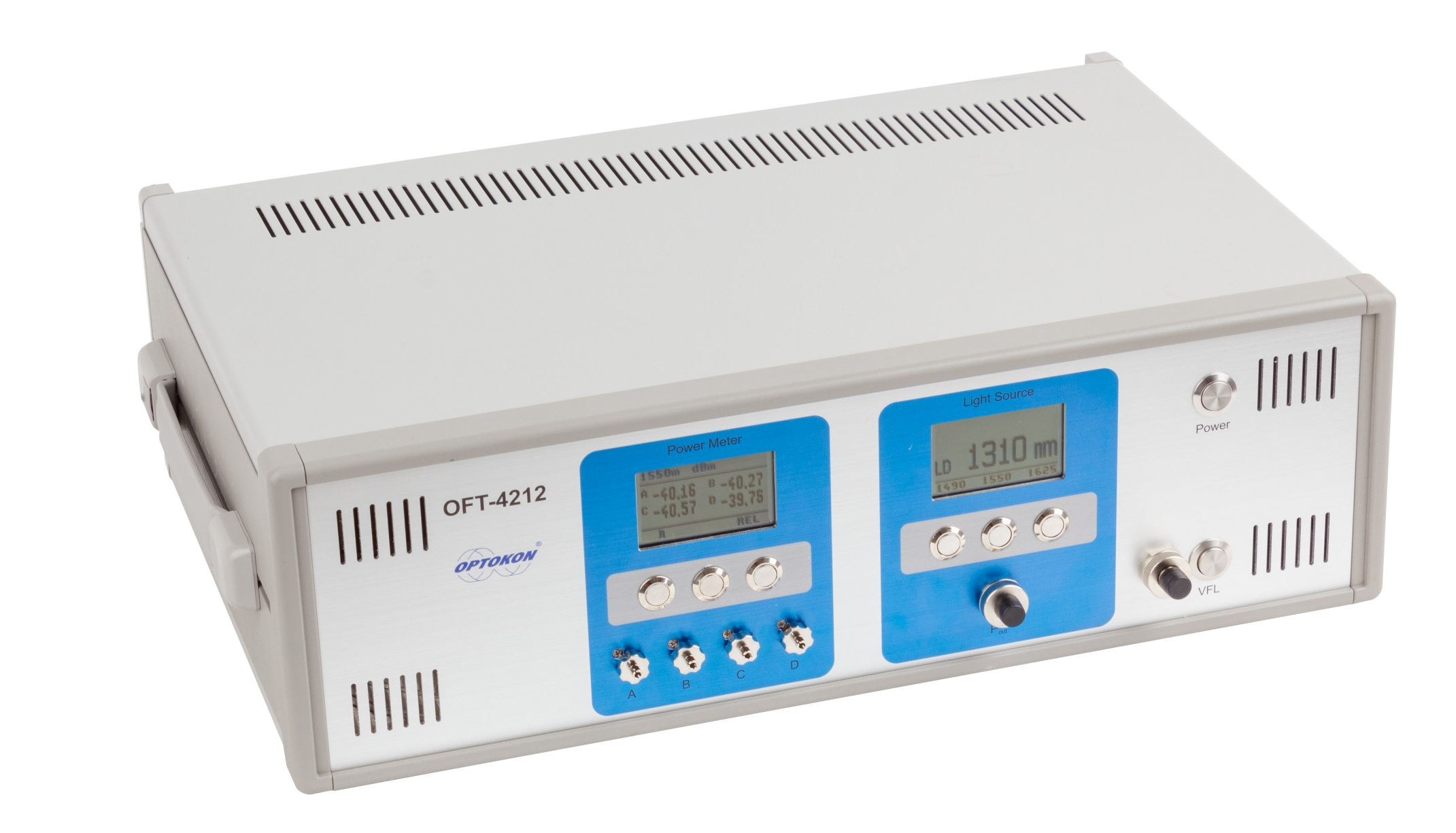A comprehensive overview to robotic vision in next-gen manufacturing
All You Need to Know About Robotic Vision and Its Applications in Advanced Optical Dimension Equipments
Robotic vision stands for a substantial improvement in the junction of computer system vision, expert system, and artificial intelligence. This innovation boosts the accuracy of optical measurement systems, making it possible for real-time data evaluation and improved top quality control. Its effect spans multiple fields, from manufacturing to healthcare. However, the developing landscape of robot vision questions regarding future capabilities and applications (optical fibre diameter analyser). What technologies exist ahead in this transformative area?
Recognizing Robotic Vision: Trick Concepts and Technologies
Robotic vision encompasses the technologies and methodologies that make it possible for devices to analyze and understand aesthetic details from their atmosphere. This field integrates elements of computer system vision, artificial knowledge, and artificial intelligence to help with automatic decision-making based upon aesthetic information. Secret ideas consist of picture handling, which entails the enhancement and evaluation of photos to remove meaningful functions, and item acknowledgment, which enables equipments to determine and identify items within a scene.

The Integration of Robotic Vision With Optical Measurement Solutions
As sectors progressively demand precision and performance, the integration of robotic vision with optical dimension systems has actually emerged as a transformative strategy. This synergy enables robotics to regard and analyze their environments, enhancing the capacity of optical dimension systems to assess and assess items with unparalleled precision. By furnishing optical sensors with advanced imaging technologies, robotic vision allows real-time information collection and processing, promoting prompt modifications to dimension specifications.
The mix empowers automated systems to find variations in measurements, surface high quality, and placement, which are crucial in high quality control procedures. Boosted algorithms, such as maker knowing, more increase this combination by enhancing the systems' capability to adapt to different settings and circumstances. The combination not only enhances measurement procedures but also minimizes errors, making sure that items fulfill strict sector requirements, thus solidifying the role of robot vision in the future of optical measurement systems.
Applications of Robotic Vision in Production
In modern-day production environments, the use of vision systems has reinvented manufacturing processes by making it possible for equipments to carry out jobs with impressive precision and rate. Robotic vision systems are increasingly used for quality assurance, where they inspect products for flaws and guarantee adherence to specs. These systems use video cameras and advanced algorithms to assess items in real-time, considerably reducing the danger of human mistake.
Additionally, robotic vision helps with automation in assembly lines, permitting robots to precisely recognize elements and assemble them with minimal downtime. This technology likewise enhances supply administration, as vision systems can keep an eye on supply degrees and detect inconsistencies, ensuring a seamless supply chain.
Moreover, robotic vision aids in the application of wise factories, where information from vision systems can be incorporated with other modern technologies to enhance workflows. Overall, the applications of robot vision in making show its important role in improving performance, click to investigate high quality, and productivity across numerous markets
Robotic Vision in Health Care: Reinventing Individual Treatment

In recovery, robotic vision aids in checking client progress and tailoring therapy sessions to private demands. It sustains clinical professionals by automating tasks such as data collection and individual surveillance, enabling more time to concentrate on straight individual communication. Additionally, robotic vision improves telemedicine by making it possible for remote medical diagnosis and virtual assessments, linking the gap look at here in between patients and health care carriers. In general, the application of robot vision in health care is transforming person care, causing enhanced end results, performance, and patient fulfillment.
Future Patterns and Growths in Robotic Vision Innovation
The rapid development of robot vision technology assures to better boost its applications across various sectors, consisting of medical care. Future trends show a considerable change in the direction of including artificial knowledge and machine knowing, allowing systems to pick up from vast datasets and boost accuracy with time. Enhanced sensor innovations and deep understanding algorithms are expected to refine object recognition capabilities, enabling robotics to translate complex settings better.

The assimilation of increased reality (AR) with robot vision will likely reinvent how robots assist in medical procedures and diagnostics. This synergy will certainly assist in real-time data visualization, enhancing decision-making procedures. Additionally, miniaturization of elements will lead to even more compact and versatile robotic vision systems suitable for a selection of tasks. As these improvements unravel, markets will witness enhanced automation and efficiency, strengthening robot vision as a foundation of innovative technological services.
Frequently Asked Concerns
What Are the Key Elements of a Robot Vision System?
The major components of a robot vision system include electronic cameras for picture capture, processors for information analysis, algorithms for interpretation, and Learn More actuators for movement. Together, these aspects enable robots to view and communicate with their setting effectively.
How Does Robotic Vision Improve Accuracy in Measurements?
Robotic vision improves measurement precision by making use of sophisticated imaging technologies, allowing specific item discovery and spatial analysis. This ability lowers human mistake, boosts repeatability, and allows for real-time modifications, eventually improving general measurement dependability and efficiency.
What Industries Benefit A Lot Of From Robotic Vision Technology?
Different sectors benefit significantly from robotic vision innovation, including manufacturing, health care, farming, and logistics. These markets use enhanced accuracy, performance, and automation, resulting in improved productivity and lowered functional costs in their corresponding procedures.
Can Robotic Vision Solutions Operate In Low-Light Conditions?
Robotic vision systems can indeed function in low-light problems, making use of innovative sensing units and algorithms to enhance image clarity. This ability permits them to do effectively in different environments, consisting of industrial and security applications, despite having marginal illumination.
What Are the Prices Associated With Applying Robotic Vision?
The costs connected with executing robotic vision vary considerably, affected by parts such as cameras, software program, and integration. Extra costs consist of upkeep, training employees, and prospective upgrades to existing systems, which can build up with time.